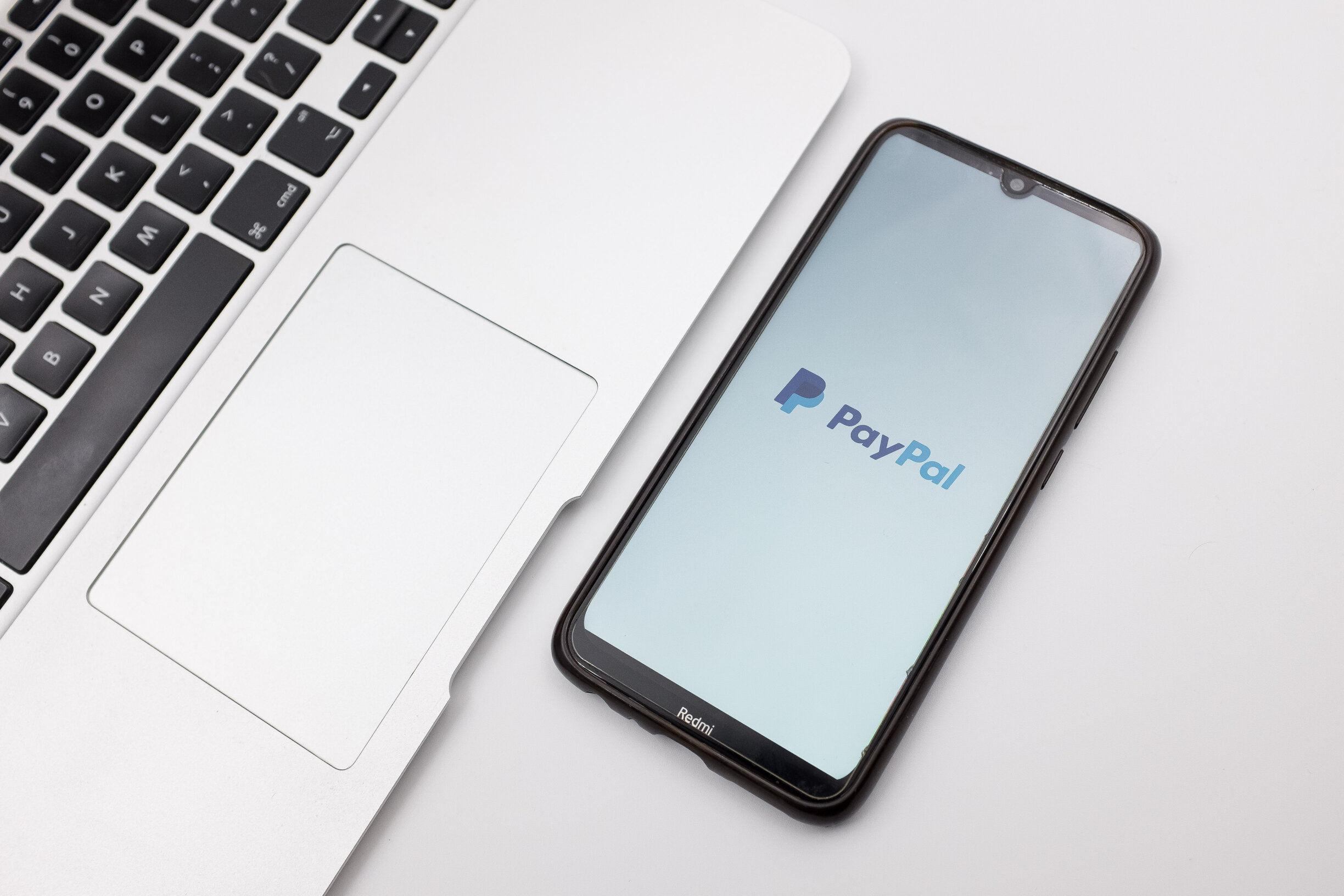PayPal adds passkeys that are more secure than passwords
PayPal is one of the first major services to take passwords out to pasture.
In a press release on the company’s website, PayPal announced that it is rolling out support for passkeys in the United States. The new security technology, which was created in collaboration with the FIDO Alliance and the World Wide Web Consortium, hopes to eventually replace passwords.
Doug Bland, SVP and GM, Head of Consumer, PayPal, said that passkeys are “foundational” to making customers safer when shopping online.
Launching passkeys for PayPal is foundational to our commitment to offering our customers safe, secure and easy ways to access and manage their daily financial lives. We are excited to provide our customers a more seamless checkout experience that eliminates the risks of weak and reused credentials and removes the frustration of remembering a password. We are making it easier for customers to shop online.
Passkeys are coming to Apple devices first
The company says that passkeys will first be available on the iPhone, iPad, and Mac running iOS 16, iPadOS 16.1, or macOS Ventura:
Once existing customers log in to PayPal with a browser on desktop or mobile web using their existing PayPal credentials such as a username and password, they will have the option to “Create a passkey.”
Customers will then be prompted to authenticate with Apple Face ID or Touch ID. Then the passkey will be automatically created, and next time PayPal customers log in, they won’t need to use or manage a password again.
PayPal hopes that passkeys will help businesses earn more from consumers. The company cited a study that found that “44% of consumers have abandoned an online purchase because they forgot a password.”
The company says that it plans to expand support for passkeys to additional countries in early 2023. It did not say when it plans to expand support to Google and Microsoft devices outside of browser support.
For all the latest Technology News Click Here
For the latest news and updates, follow us on Google News.

